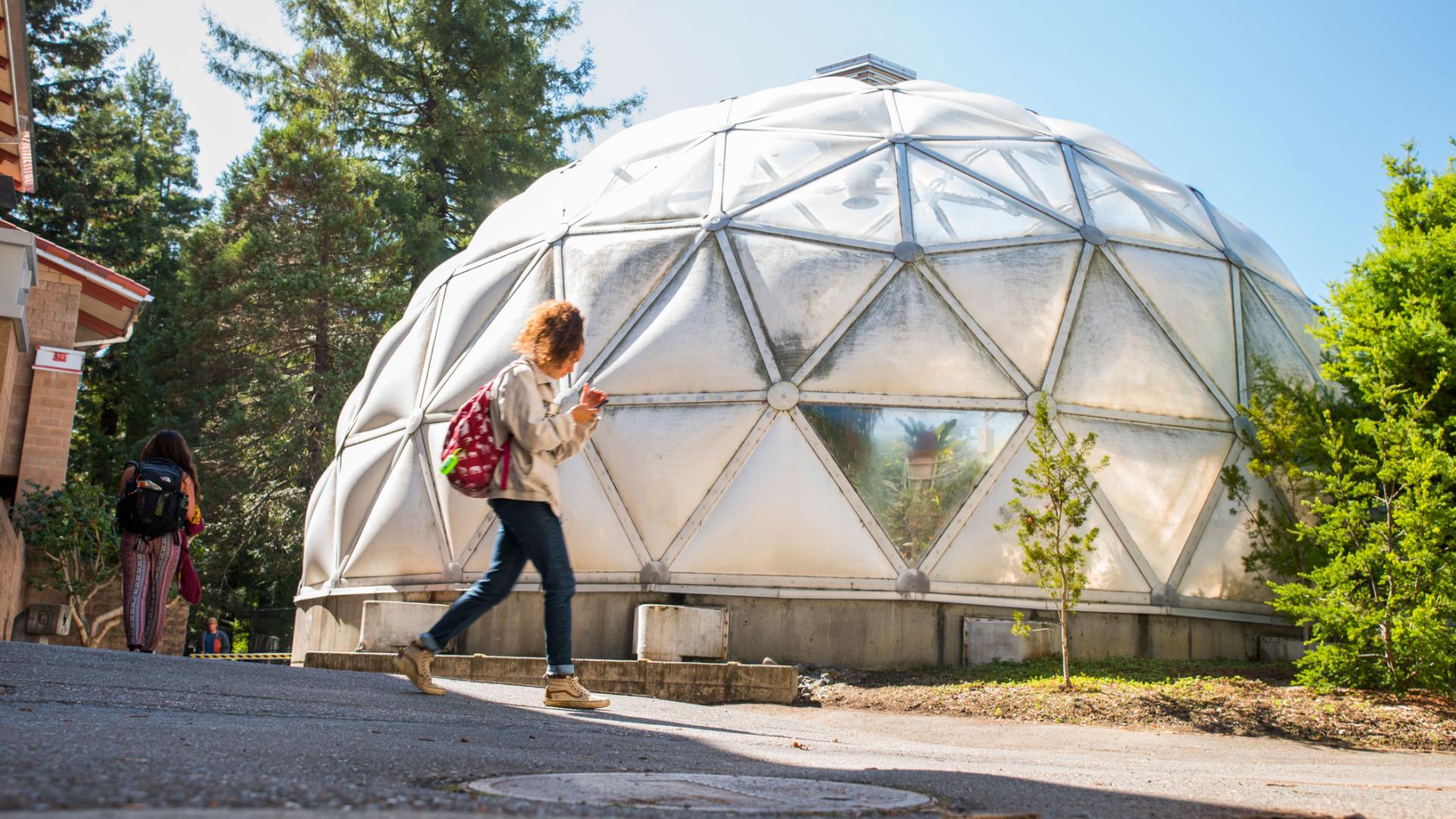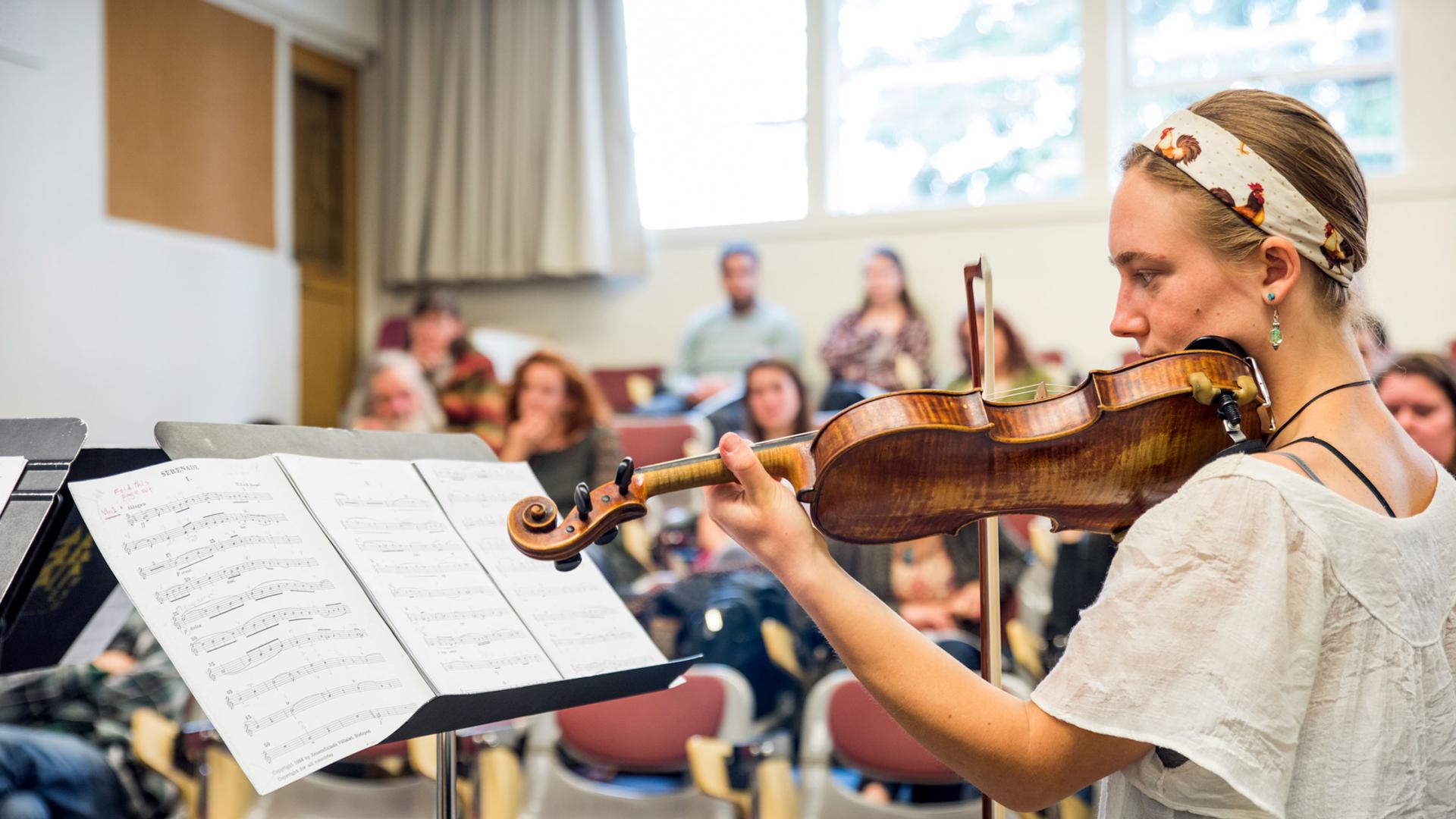Breadcrumb
Benjamin Lesch
"Genome Editing for the Correction of X-Linked Sideroblastic Anemia"
Host Mentor: Matthew Porteus, M.D.
Institute for Stem Cell Biology and Regenerative Medicine, Department of Pediatrics
Stanford University
The CRISPR-Cas9 system is a powerful tool that is revolutionizing how we understand and treat disease. Combining CRISPR-Cas9 genome editing with autologous stem cell transplantation has allowed the development of curative therapies for previously difficult-to-treat genetic diseases. In an effort to apply this technology to the treatment of an underrepresented disease, we set out to develop a novel CRISPR- Cas9-based therapy for the treatment of X-Linked Sideroblastic Anemia (XLSA). Patients with this disease develop red blood cells that fail to produce enough hemoglobin. This leads to severe anemia and a dangerous accumulation of iron throughout the body. The current treatments for this disease are purely supportive, and consist of regular, burdensome blood transfusions. To address the genetic cause of the disease, we used genome-editing to introduce a functional cDNA copy of the defective ALAS2 gene in hematopoietic stem and progenitor cells (HSPCs). This cDNA was also linked to a YFP reporter transgene, allowing us to compare several different correction strategies. We found that our most effective cut-site insertion correction strategies were able to seamlessly integrate the ALAS2 transgene into upwards of 40% of HSPCs. In this work, we have gained insight into the rules of effective genome editing, and have developed a novel use for one of these correction strategies: erythroid-specific protein production for systemic delivery.






